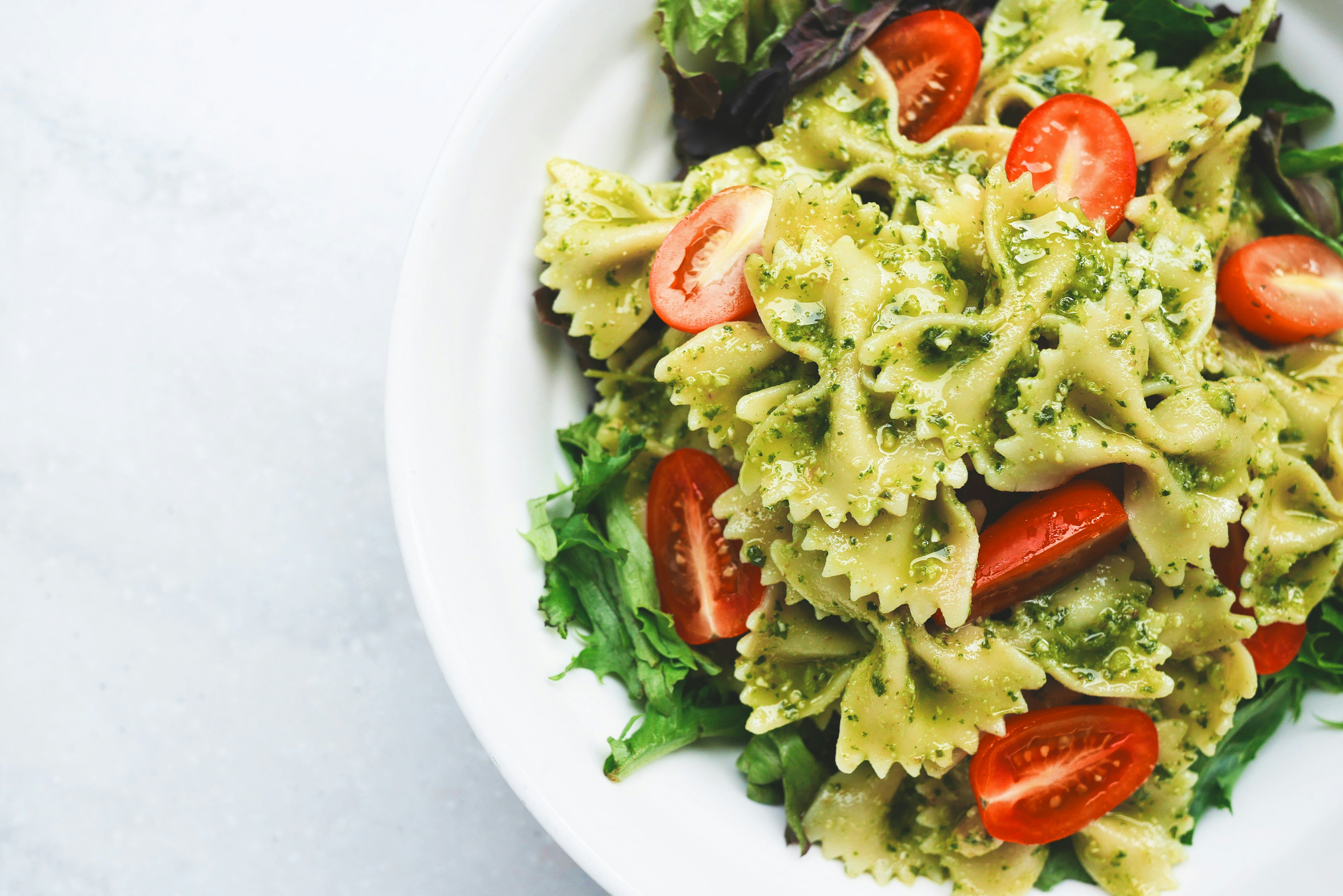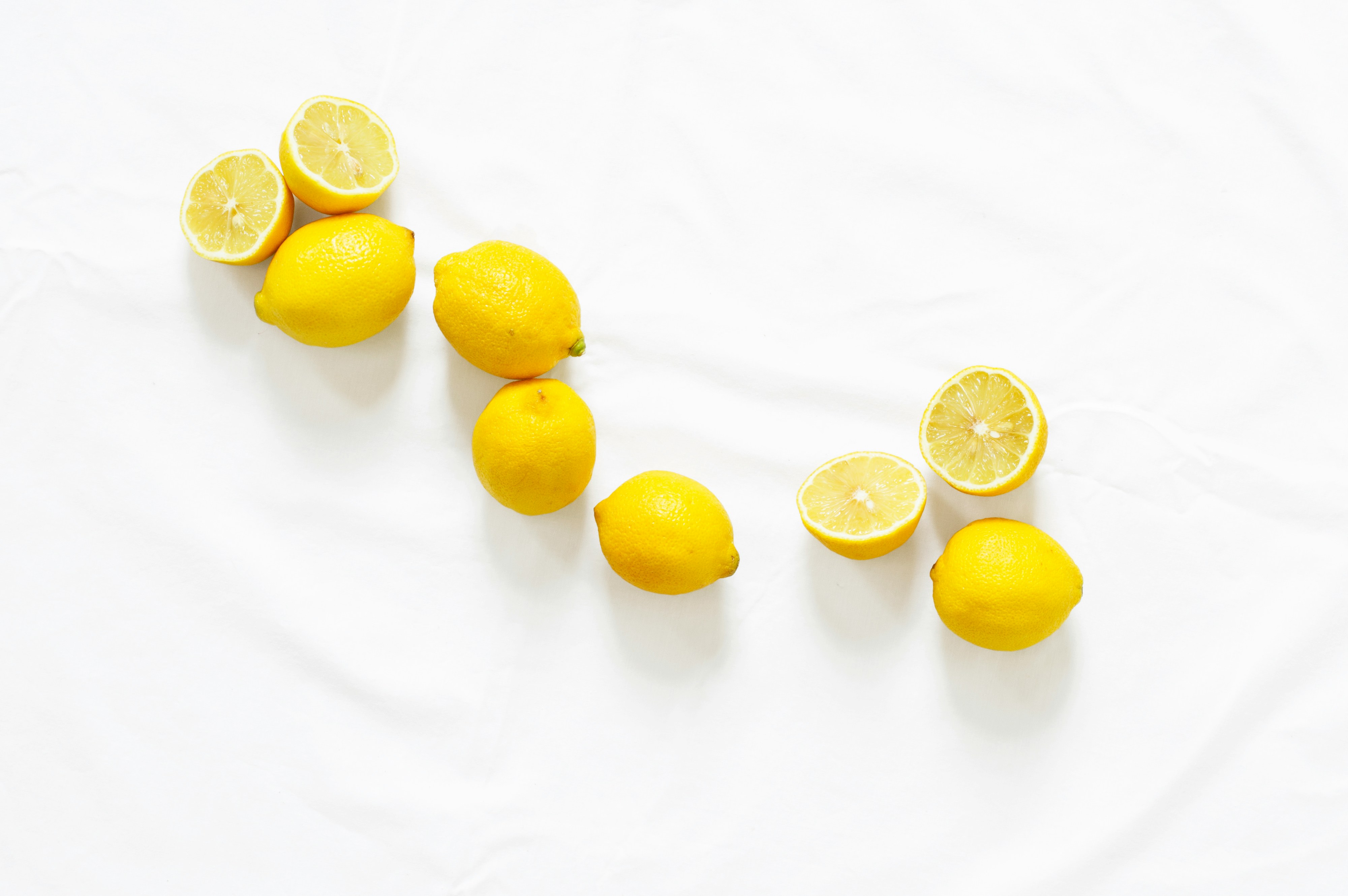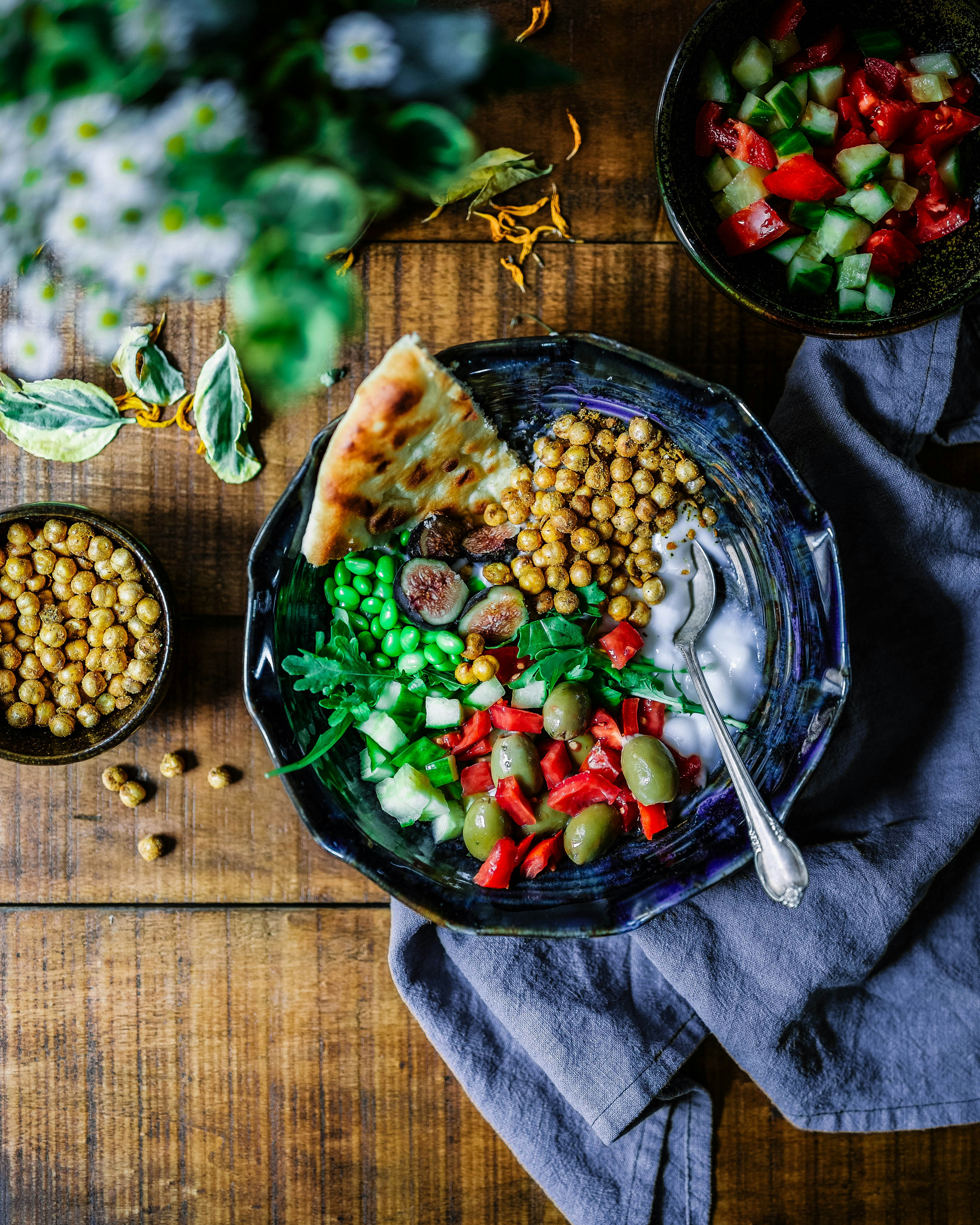
A la Carte: Food photography makes the mouth water - Explore Big Sky
2025-04-29



A la Carte: Food photography makes the mouth water - Explore Big Sky
Food photography is an art form that has the ability to make the mouth water and the stomach rumble. Capturing the delicious details of a dish can evoke emotions and create a craving that can only be satisfied by indulging in the culinary creation. As a photographer, you have the power to showcase the beauty and intricacies of food through your lens. In this blog post, we will explore the world of food photography and provide practical tips for capturing mouth-watering images that will leave your audience wanting more.
Introduction to Food Photography
Food photography has become increasingly popular in recent years, thanks to the rise of social media platforms like Instagram and Pinterest. People are drawn to visually appealing images of food, and restaurants and food bloggers have capitalized on this trend by hiring professional photographers to capture their dishes in all their glory.
Food photography is not just about taking a picture of a plate of food; it's about telling a story through images. From the vibrant colors of fresh produce to the steam rising from a hot dish, food photography has the power to transport the viewer to a world of flavor and aroma.
Practical Tips for Food Photography
1. Lighting is Key
One of the most important aspects of food photography is lighting. Natural light is the best option for capturing the true colors and textures of food. If you're shooting indoors, try to position your subject near a window to take advantage of the soft, diffused light. Avoid harsh overhead lighting, as it can create unflattering shadows and wash out the colors of the food.
2. Composition Matters
When composing your shot, consider the angles and perspectives that will best showcase the food. Experiment with different angles, such as overhead shots, close-ups, and side angles, to find the most visually appealing composition. Pay attention to the placement of utensils, napkins, and other props to create a cohesive and inviting scene.
3. Styling and Props
Adding props and styling elements can enhance the visual appeal of your food photography. Consider using garnishes, herbs, and sauces to add texture and color to the dish. Use props like plates, napkins, and silverware to create a cohesive and inviting scene. Remember, less is often more when it comes to styling, so keep it simple and let the food be the star of the show.
4. Editing and Post-Processing
Once you have captured your images, it's time to edit and post-process them to enhance their visual impact. Use editing software like Adobe Lightroom or Photoshop to adjust the exposure, contrast, and colors of the images. Experiment with filters and presets to create a unique and eye-catching look that will make your food photography stand out.

Conclusion
Food photography is a fun and creative way to showcase the beauty and deliciousness of food. By following these practical tips, you can capture mouth-watering images that will leave your audience hungry for more. Remember to pay attention to lighting, composition, styling, and editing to create stunning food photography that will make the mouth water. So grab your camera and start snapping away – the world of food photography is waiting to be explored!